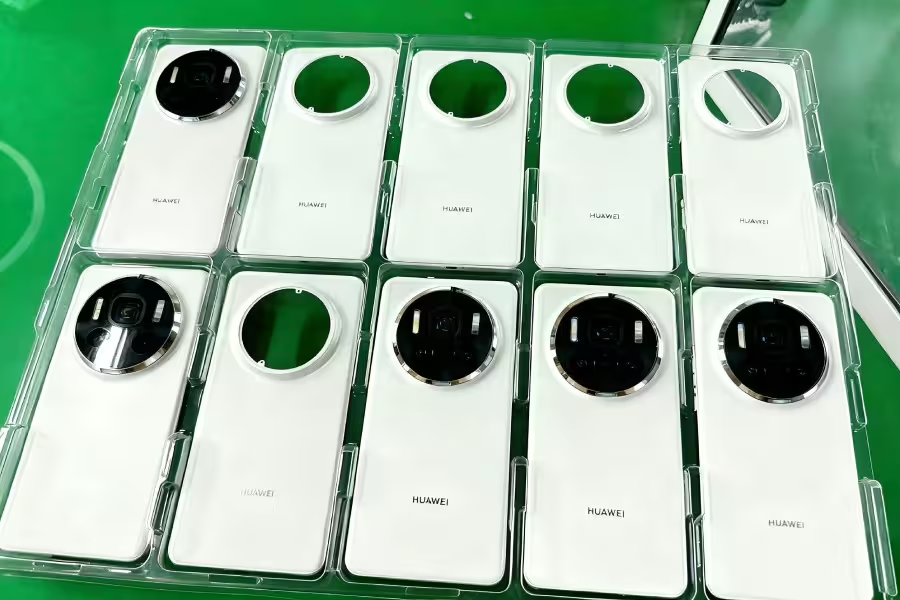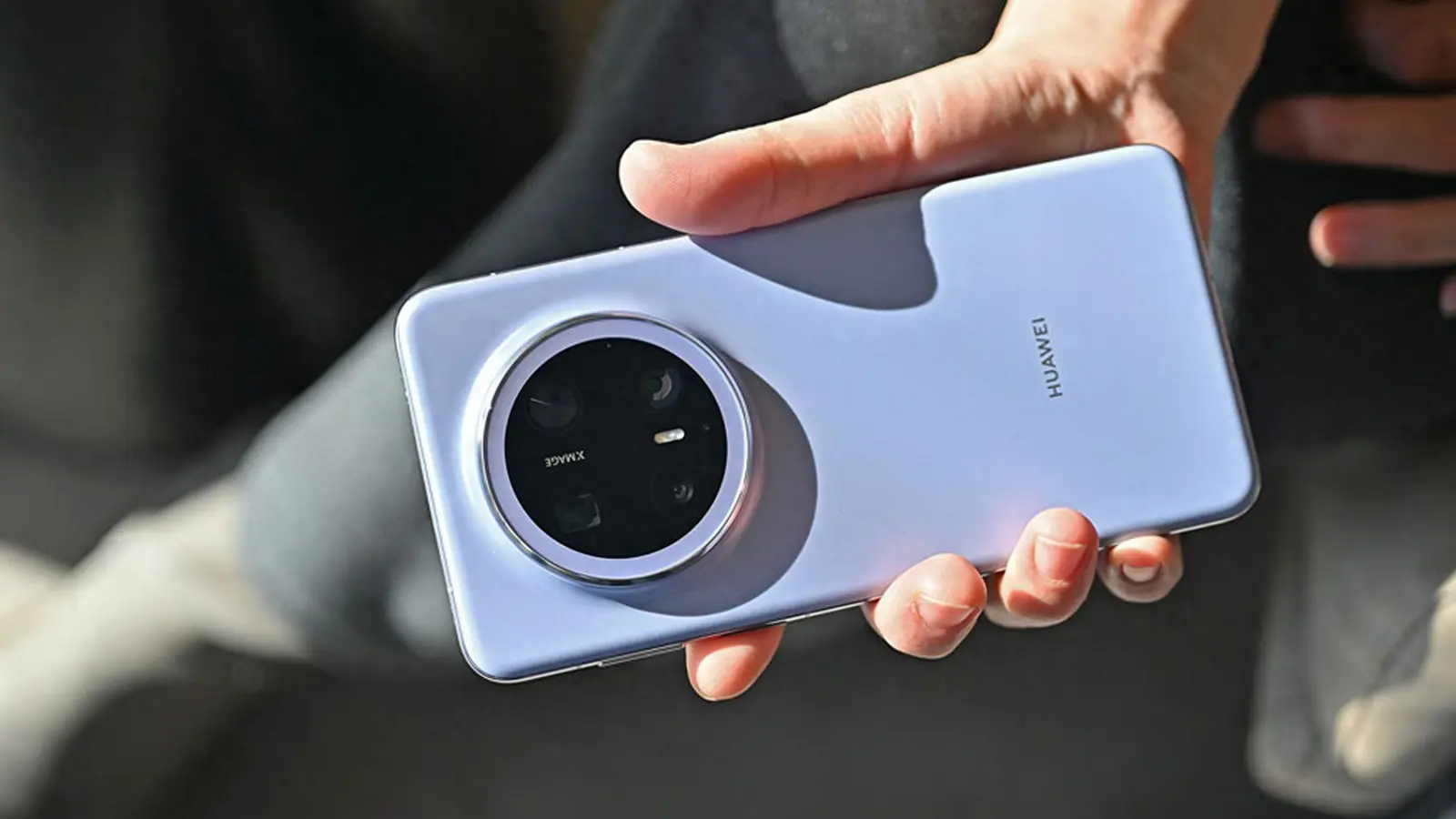4 Minutes
Huawei has confirmed that 3D facial recognition will be available across the entire Mate 80 family, a move that broadens advanced biometric security beyond the Pro and RS variants. The news arrives alongside HarmonyOS 6 details and fresh rumors about hardware upgrades that make the November launch one to watch.
3D face unlock leaves the premium tier
Until now, Huawei limited 3D face recognition to its Pro and RS models. New HarmonyOS development documentation reveals that every Mate 80 variant will support the feature, marking the first time the company brings its depth-mapped face-unlock system to the base model. According to the docs, foldables and the P series aren’t included for this rollout, but the entire Mate 80 lineup — and other Mate Pro-and-up devices — will get 3D facial recognition.
Four phones, one platform: What to expect
Sources point to four Mate 80 models arriving in November: the standard Mate 80, Mate 80 Pro, Mate 80 Pro+, and the flagship Mate 80 RS. All are expected to ship with HarmonyOS 6 preinstalled, which should smooth integration between Huawei’s software and the new hardware features.

A familiar look with a refined camera island
Early engineering units show a design that echoes the Mate 80 Pro: a large circular camera module centered on the rear. Reports detail a dual-color temperature flash at the top-left of the ring, a symmetrical strip sensor on the right, and a multi-spectral lens below the main axis — hints that Huawei is focused on imaging versatility and color accuracy.
Under the hood: Kirin 9030 and system-level tweaks
The Mate 80 lineup is expected to debut Huawei’s Kirin 9030 chip. Rather than chasing headline benchmark numbers, the Kirin 9030 reportedly emphasizes architectural refinements that will improve real-world efficiency and responsiveness—especially when paired with HarmonyOS 6. That combination should translate to smoother multitasking, better thermals, and longer sustained performance in daily use.
Top-tier display and a SIM shake-up
At the top end, the Mate 80 RS is rumored to sport a 6.9-inch dual-layer OLED panel. Huawei claims the tech allows for higher peak brightness, lower power draw and improved long-term durability — useful if you watch a lot of HDR content or rely on extended battery life.
Another notable tip: the Mate 80 series might go eSIM-only, ditching the traditional physical SIM tray. If true, this would be one of the boldest network moves from Huawei to date, pushing carriers and users toward digital SIM provisioning and streamlining the internal design.
Why this matters
- Wider access to 3D face recognition improves device security and makes premium biometric tech more mainstream.
- HarmonyOS 6 preinstallation suggests software-driven features that leverage the new hardware more deeply.
- Architectural gains in the Kirin 9030 hint at better efficiency rather than raw benchmark boosts — a practical win for everyday users.
- An eSIM-only approach would signal a push toward modernization but could complicate carrier compatibility for some buyers.
Imagine unlocking your phone with a more secure, depth-aware face scan on every Mate 80 model, while benefitting from tighter software integration and battery-savvy silicon. Huawei’s November reveal could be less about chasing spec-sheet supremacy and more about refining the experience across hardware and software.
Source: gizmochina


Leave a Comment